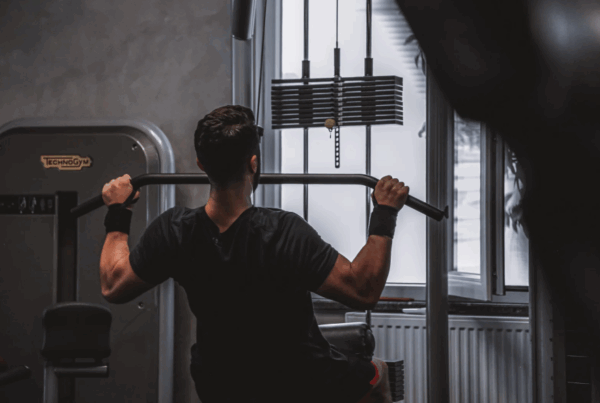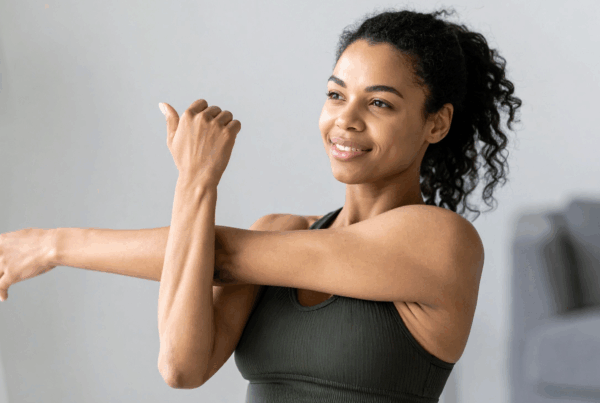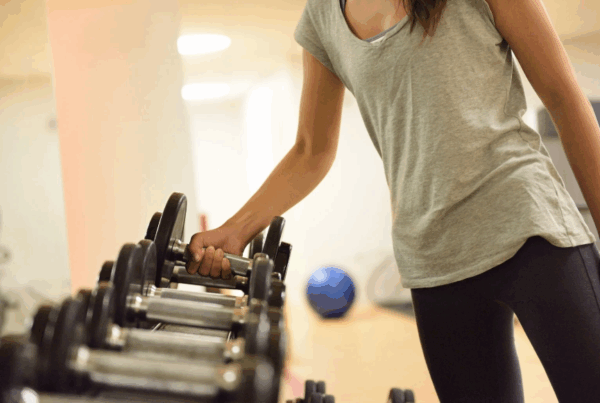When clients have a reduced range of movement as a result of their injury but we need them to stay as active as possible, we need to find ways that they can stay functional and keep their muscles moving without risking flare-ups or re-injuries.
A common task that clients experience difficulty performing after experiencing a spinal injury is any squatting or low level movement patterns. When this is the case, we need to try and find alternative ways that we can help the client perform the tasks so they do not risk experiencing further deconditioning, which can lead to more movement pattern dysfunction down the line.
This is how we have been approaching this issue with one particular client. So, note:
– the straight spinal position throughout this activity
– the use of the upper limb in a supportive fashion, which therefore minimises the muscle activation in the posterior trunk, and more often than not, minimises the pain that the client experiences in this position as well.
The change in pace between the before and after videos here is very evident with the client building confidence with the movement as well as strength and stability in the shoulder, arm and upper body.
The load is still able to be accessed from below waist height. With the use of the arm, the load can be lifted safely to waist height and then transferred onto a chair or an adjacent bench without the client having to use a more typical squat or forward bending movement. So we’ll obviously be limited by the access to a support, like the chair in this instance, as well as the client’s one arm lifting strength. But it is a great way to maintain activity levels and remain functional when experiencing a lot of difficulty with a certain task — in this case, the low level lifting task.
For more from Specialised Health, check out our website specialisedhealth.com.au. Click on the referral tab to get in touch with us or email brad@specialisedhealth.com.au.


